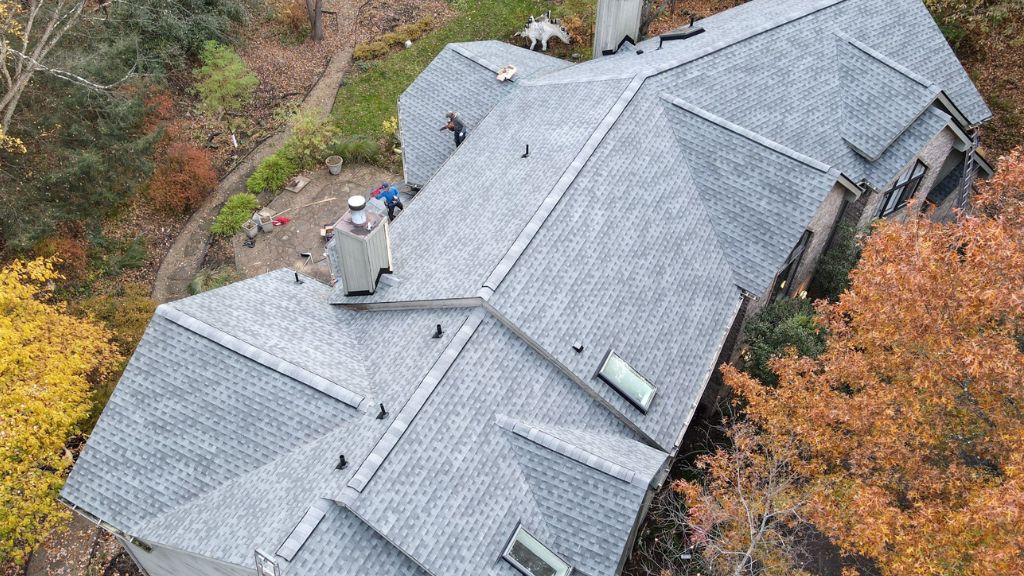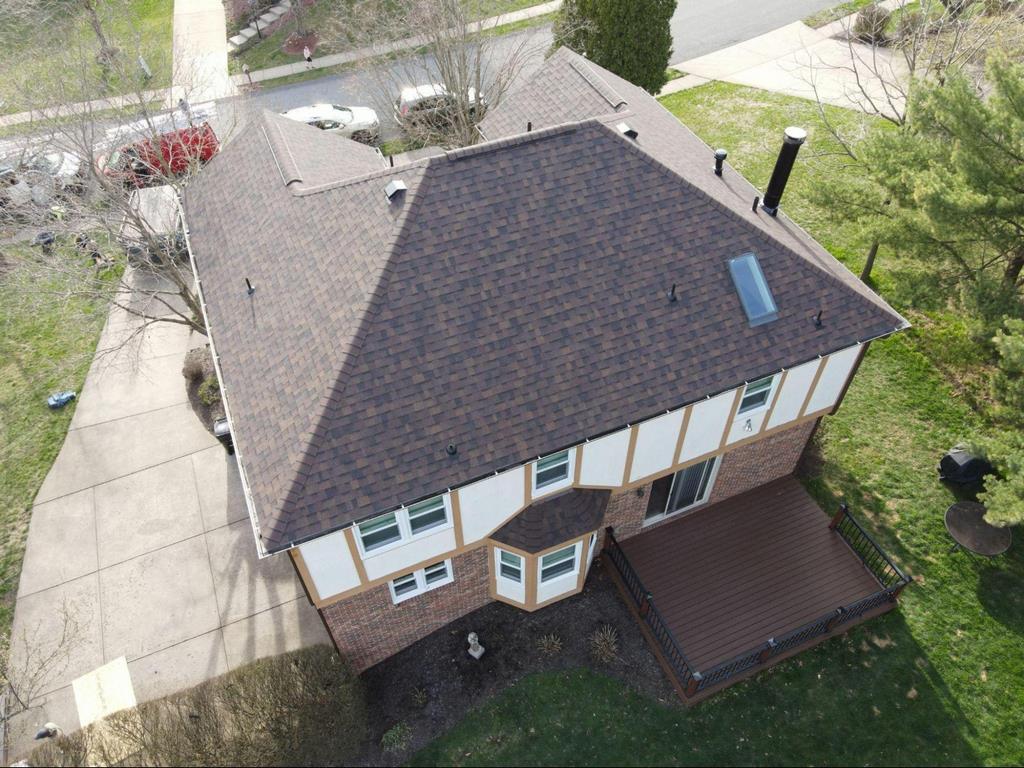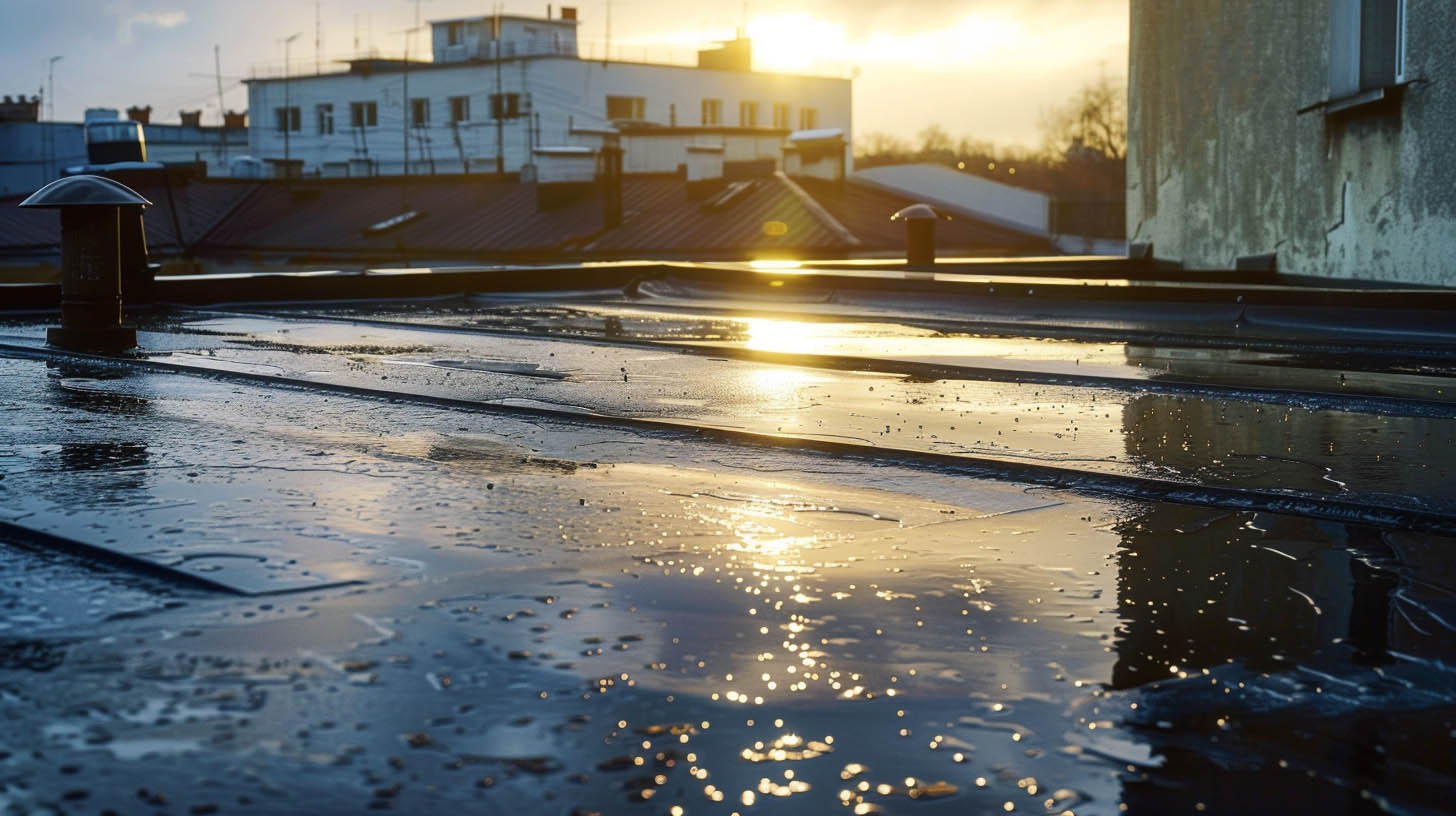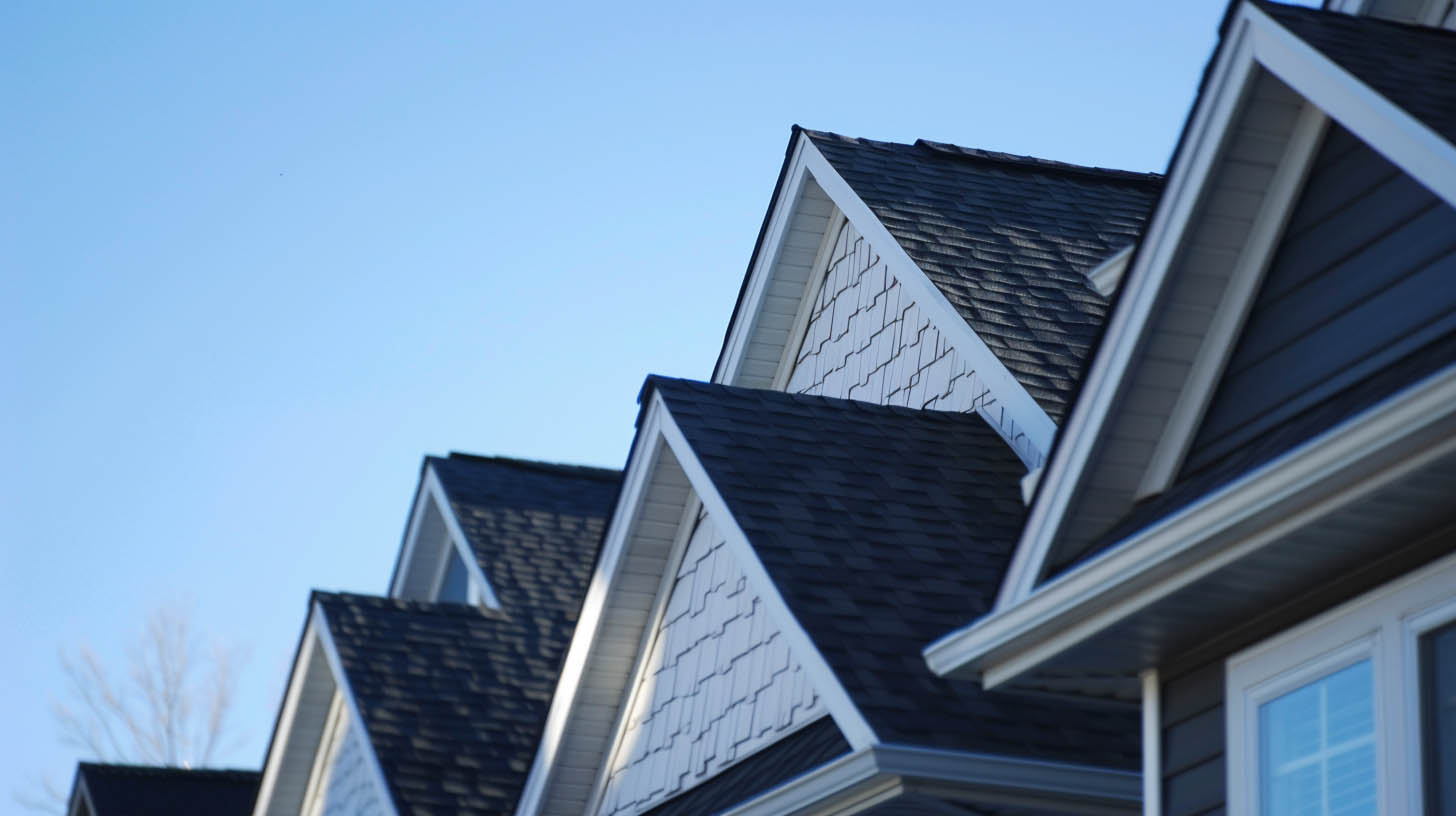
When it comes to roofing, longevity is a crucial factor homeowners consider. Many roofing materials are marketed with lifespan claims, such as the popular “30-year roof.” However, it’s essential to understand that these time-frames don’t always reflect the actual lifespan of the roof. In this blog post, we will debunk the 30-year roofing myth and explore the factors that influence a roof’s longevity, empowering you to make informed decisions about your roofing needs.
Truth Be Told: Due to environmental, weather, and other factors, 30-year roofs rarely last 30-years. So, when calculating the true answer, and if you’ve kept up with properly caring for your roof, you can expect that a 30-year properly cared for roof will last approximately 25-years.
The Truth Behind the Myth: 30-year Roofs Last 30-Years

Contrary to popular belief, the “30-year roof” is not a guarantee that your roof will last precisely three decades. The label primarily refers to:
- The manufacturer’s warranty, which covers defects and premature failures within a specified period.
- The actual lifespan of a roof depends on various factors, including the type of roofing material, installation quality, climate, maintenance, and external influences.
When investing in a new roof or assessing the lifespan of an existing one, understanding the factors that influence roof longevity is vital. A durable and long-lasting roof provides peace of mind and protects your home for years to come. In this article, we delve into the key factors that determine how long your roof will last, enabling you to make informed decisions and maximize the lifespan of your roofing investment.
Knowing Your Roofing Material
The type of roofing material you choose has a significant impact on the lifespan of your roof. Here are the average lifespans for some common roofing materials:
- Asphalt Shingles last 20 to 30 years, with higher-quality options lasting longer.
- Metal roofs can last 40 to 70 years or more, depending on the material and maintenance.
- Clay or concrete tiles are known for their longevity, with lifespans ranging from 50 to 100 years.
- Slate or natural stone is extremely durable, often lasting over a century.
- Wood shakes or shingles have a lifespan of around 20 to 40 years, depending on maintenance and climate.
Ensure the Quality of Roof Installation
The quality of the installation plays a vital role in a roof’s longevity. Improper installation techniques, shortcuts, or the use of low-quality materials can significantly reduce the lifespan of your roof. To ensure proper installation, work with experienced and reputable roofing contractors who follow industry best practices and pay attention to detail. A well-installed roof is more likely to withstand the test of time and perform optimally.
Be Aware of Your Climate
Your local climate and environmental conditions can have a considerable impact on the lifespan of your roof. Extreme heat, freezing temperatures, high humidity, heavy rainfall, strong winds, and exposure to saltwater or pollutants can accelerate wear and tear. Different roofing materials respond differently to these conditions. For example, metal roofs are more resistant to extreme weather, while wood shakes may be susceptible to moisture damage. Choose roofing materials that are suitable for your climate to ensure longevity.
Maintain Your Roof with Regular Maintenance
Regular maintenance is necessary for extending the lifespan of any roof. Routine inspections, cleaning gutters, removing debris, and addressing minor repairs promptly can prevent small issues from turning into major problems. Regular maintenance allows you to identify and address potential issues before they cause significant damage. It also helps to preserve the integrity of the roofing materials and maximize their lifespan.
Ventilation & Insulation
Proper ventilation and insulation are often overlooked but essential factors for roof longevity. Adequate ventilation helps to regulate the temperature of the roof and attic space, preventing excessive heat buildup or moisture accumulation. This, in turn, reduces the risk of roof damage, premature aging of materials, and the formation of mold or rot.
Roof Design & Slope
The design and slope of your roof can impact its longevity. A well-designed roof with proper drainage and slope allows water to flow away efficiently, preventing water pooling and potential leaks. Flat or low-slope roofs may require additional maintenance and have a different set of considerations to ensure longevity.
External Nature & Elements
Factors such as nearby trees, branches, and wildlife can impact a roof’s lifespan. Overhanging tree limbs can cause physical damage or trap moisture, leading to decay. Animals, such as birds or rodents, may cause damage by nesting or chewing through roofing materials. Being proactive in managing these external influences can help preserve your roof’s integrity.
How Long Does a 30-Year Roof Really Last? Use Knowledge as Your Shield

As you’ve learned regular maintenance, including inspections and timely repairs, helps prevent small issues from becoming major problems. In our opinion, this is the most important thing to do to affect the longevity of your roof (in a positive way).
So, is the question really “How Long Does a 30-Year Roof Really Last?” Better yet, maybe it should be “A roof lasts as long as its health.”
At the end of the day, by understanding the factors you’ve learned can help make informed choices, resulting in a maximized lifespan and durability of your roof. Along with this comes finding a roofing contractor that offers professional installation – not subpar.
Don’t leave your roof replacement to chance. Choose MY PITTSBURGH ROOFING, your reliable partner with a proven track record. Call today! 412-218-7082. Read more about how often should your roof be replaced.


